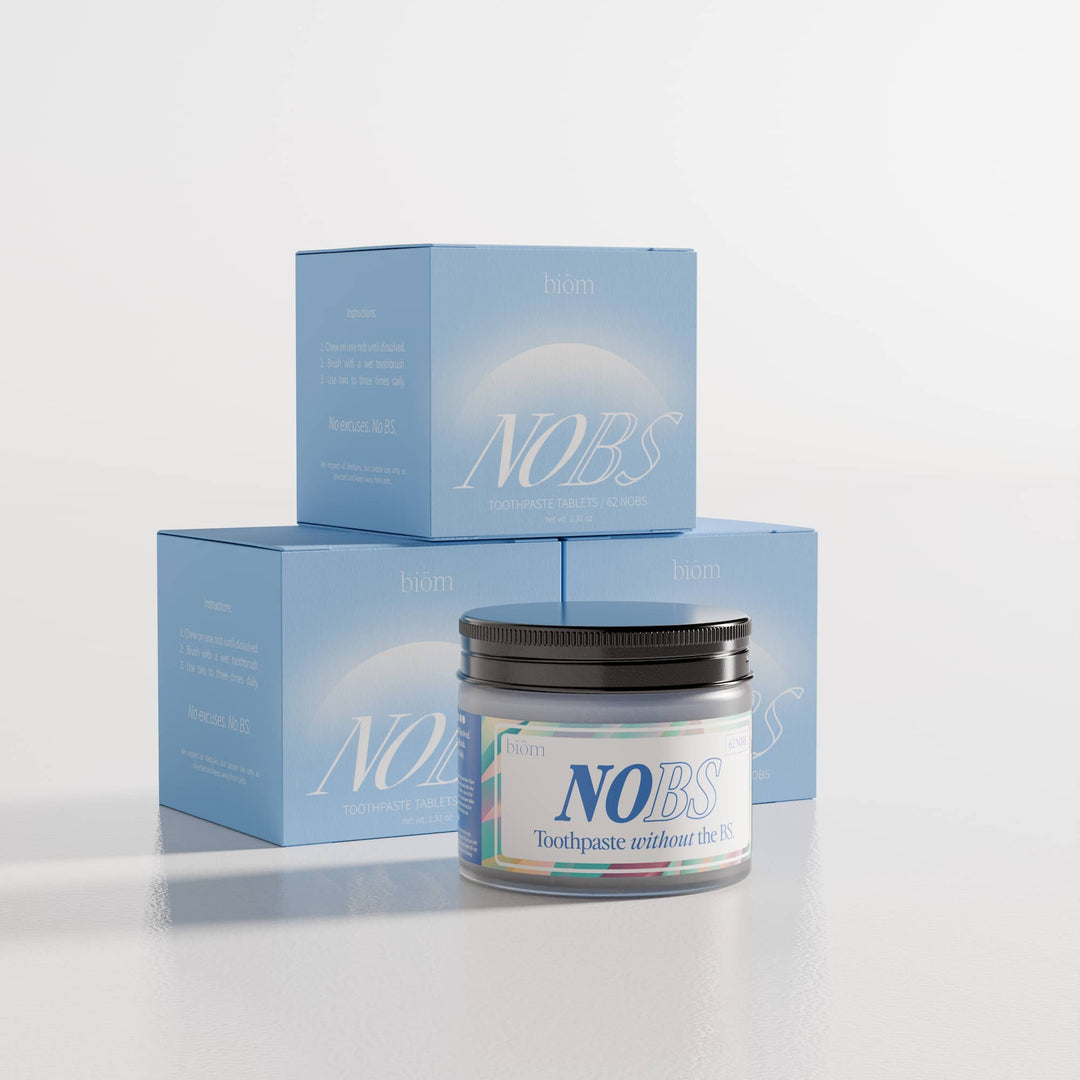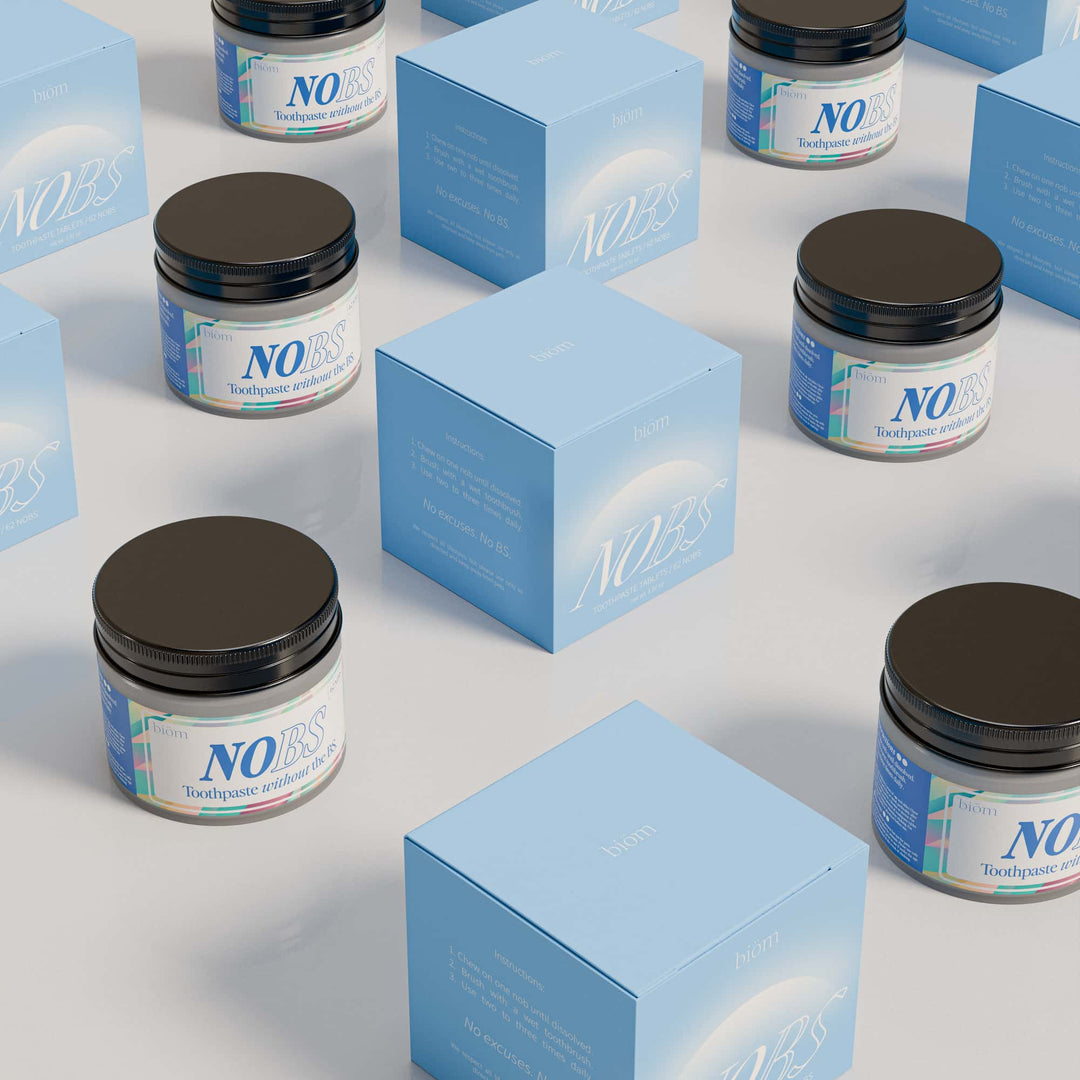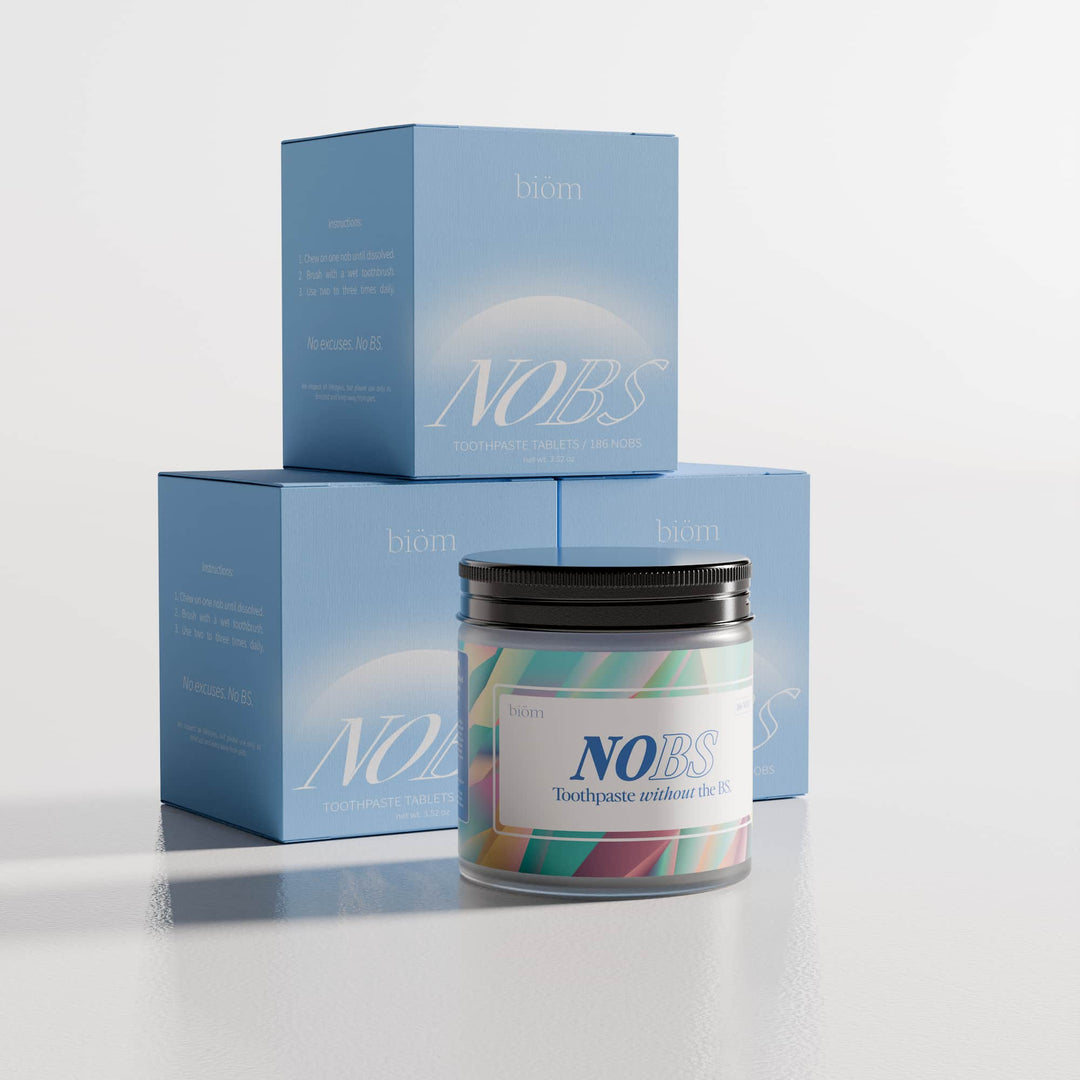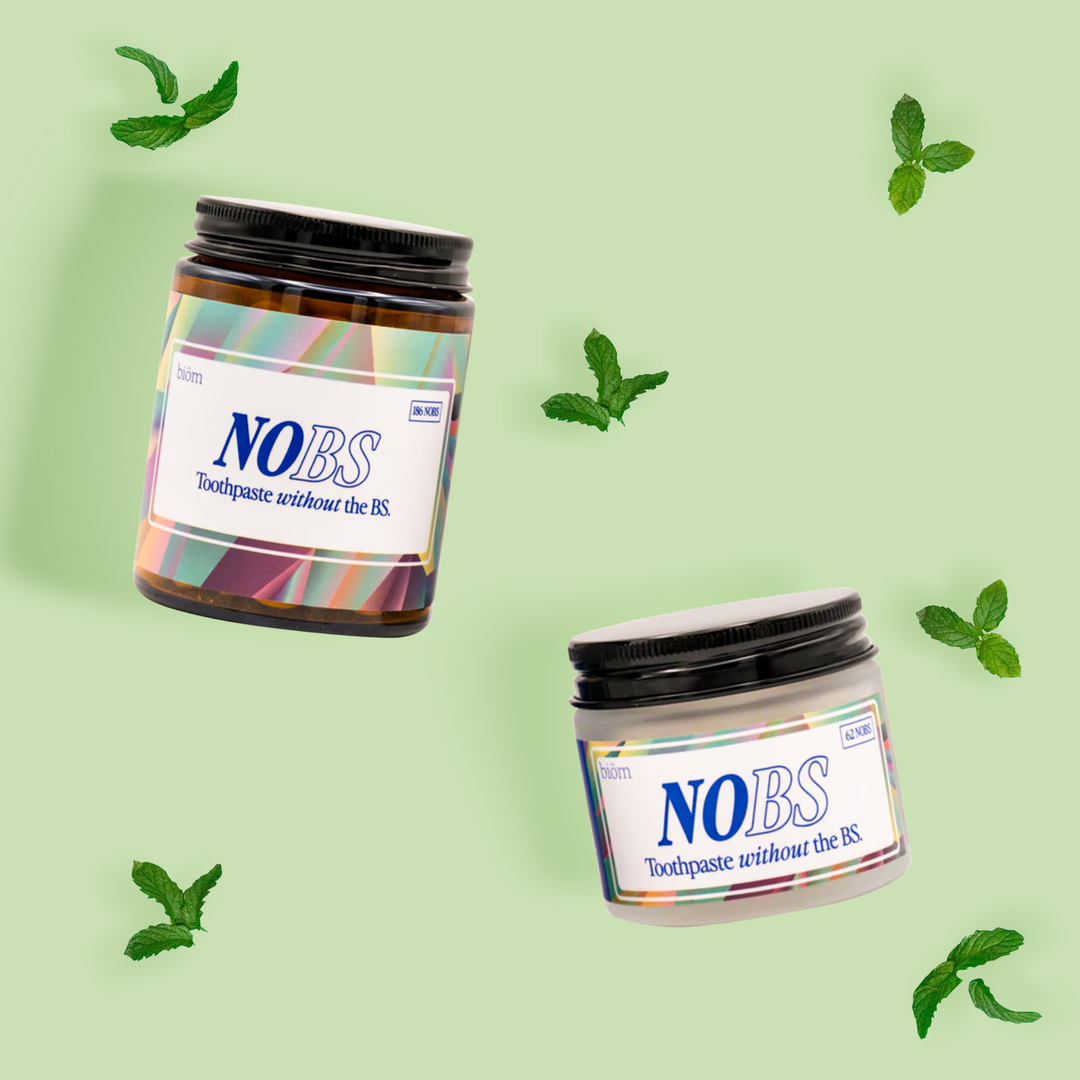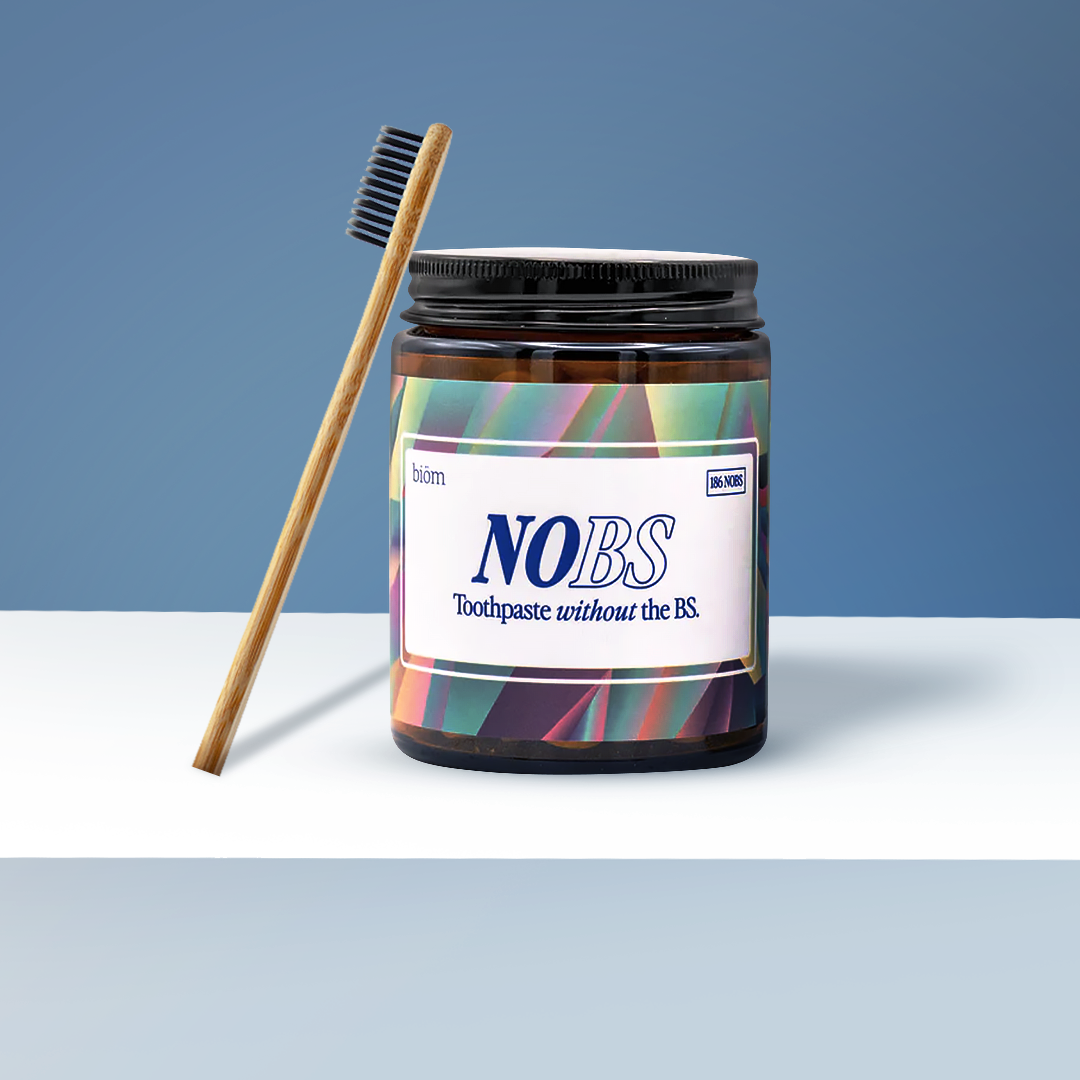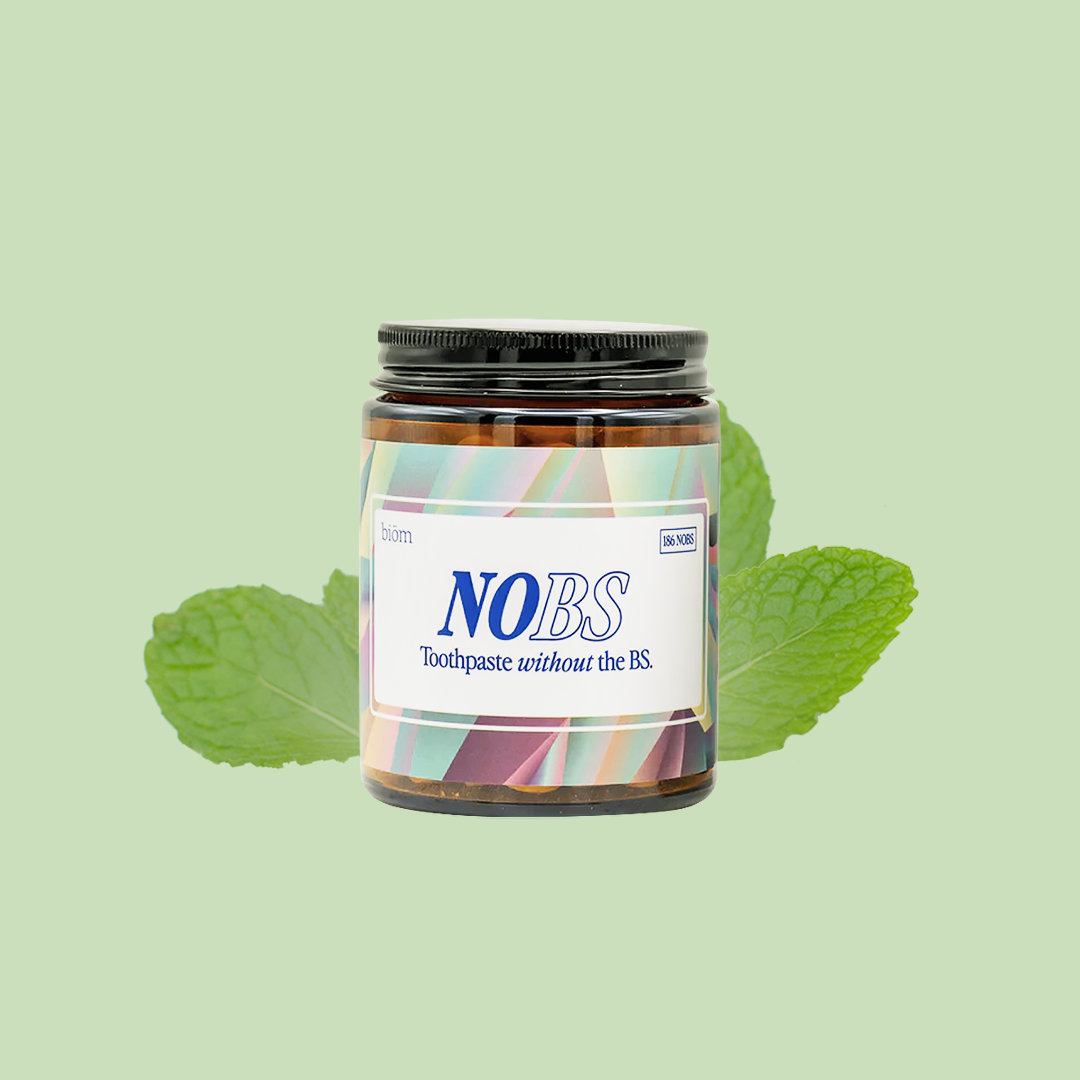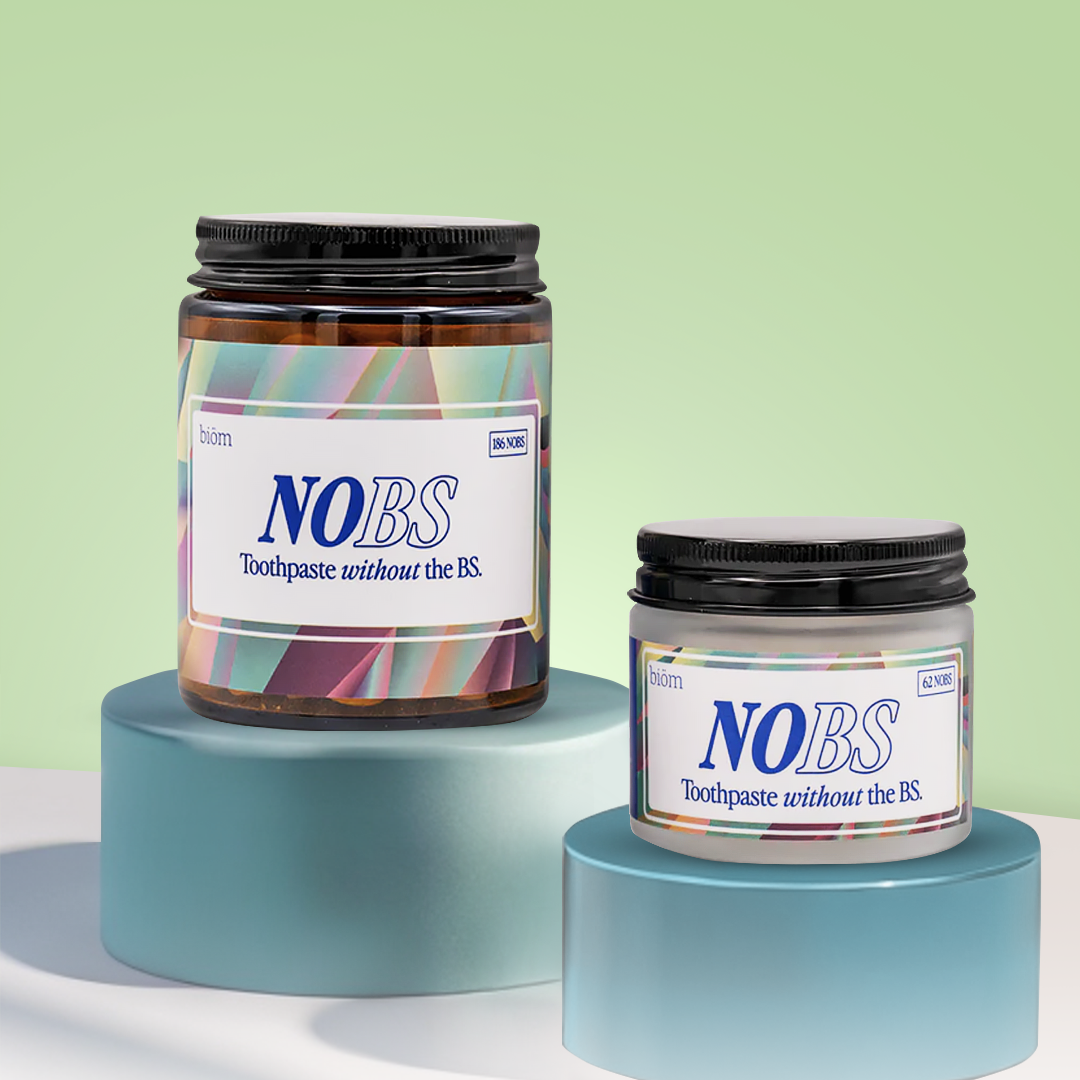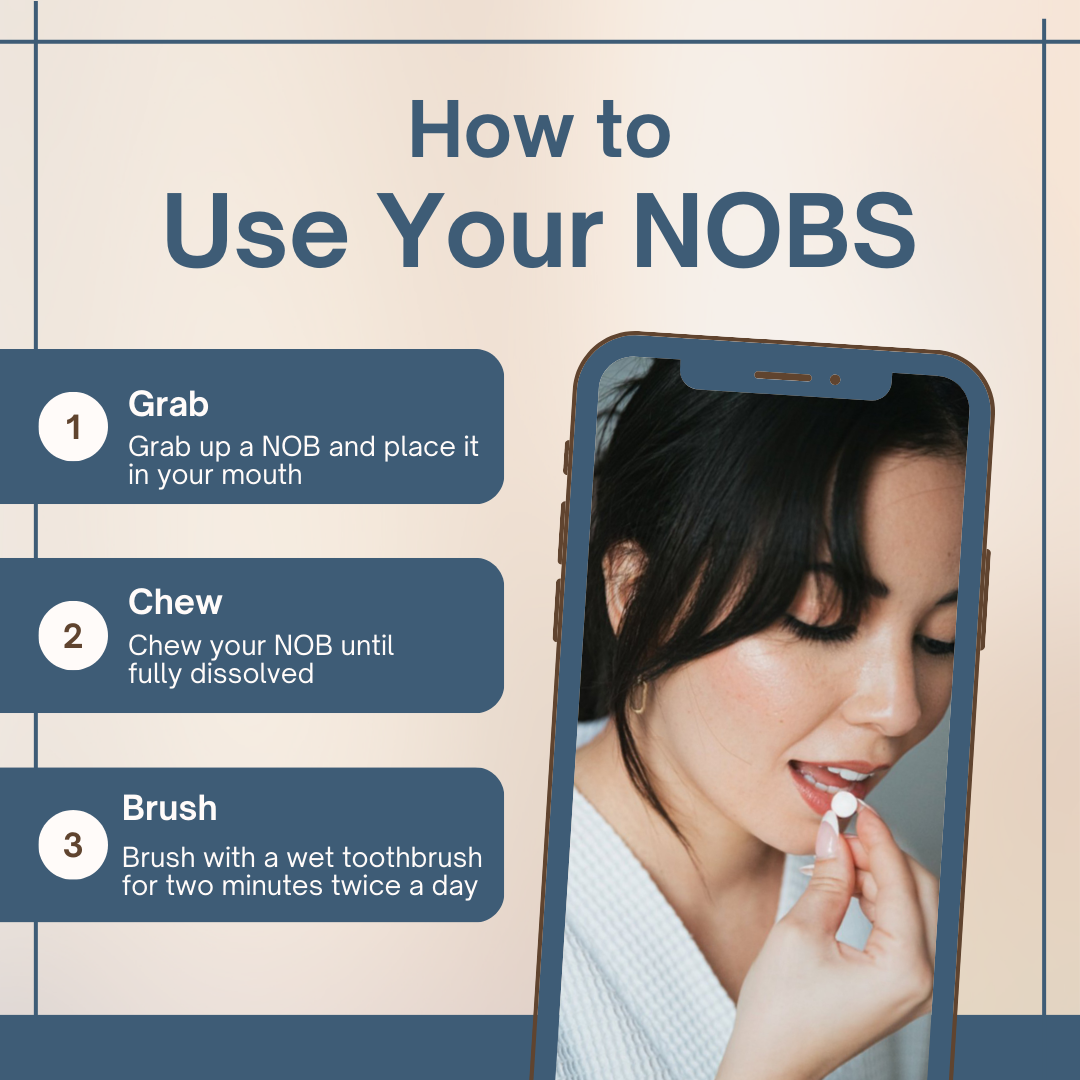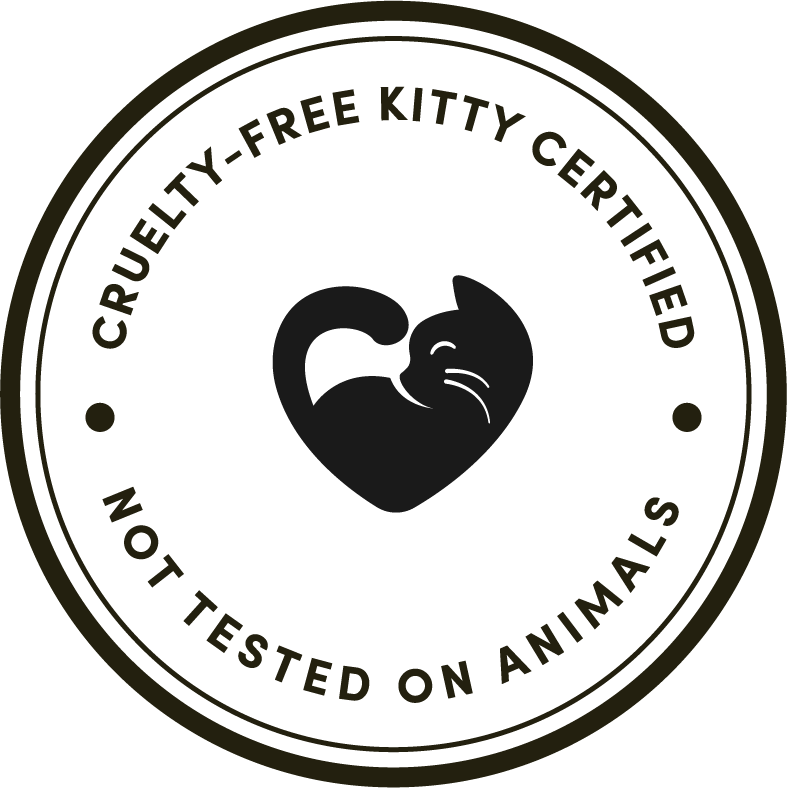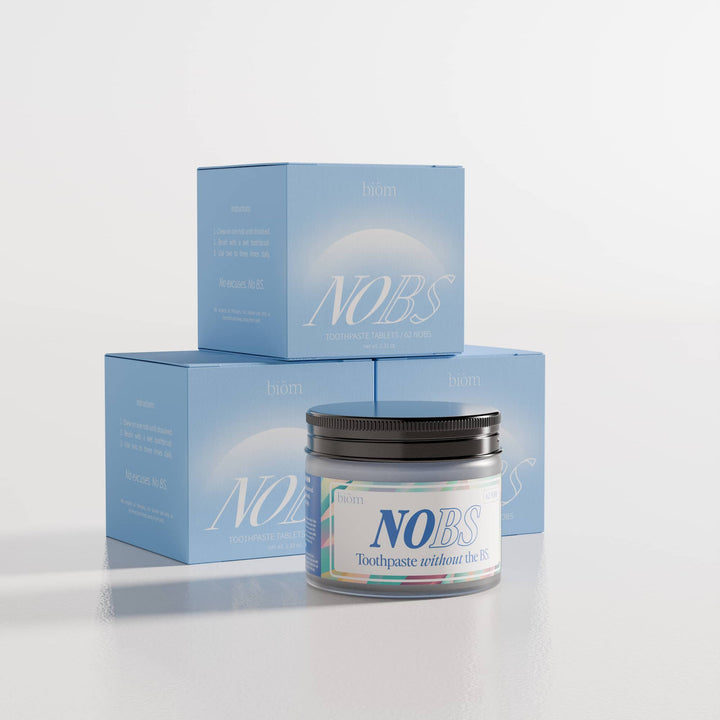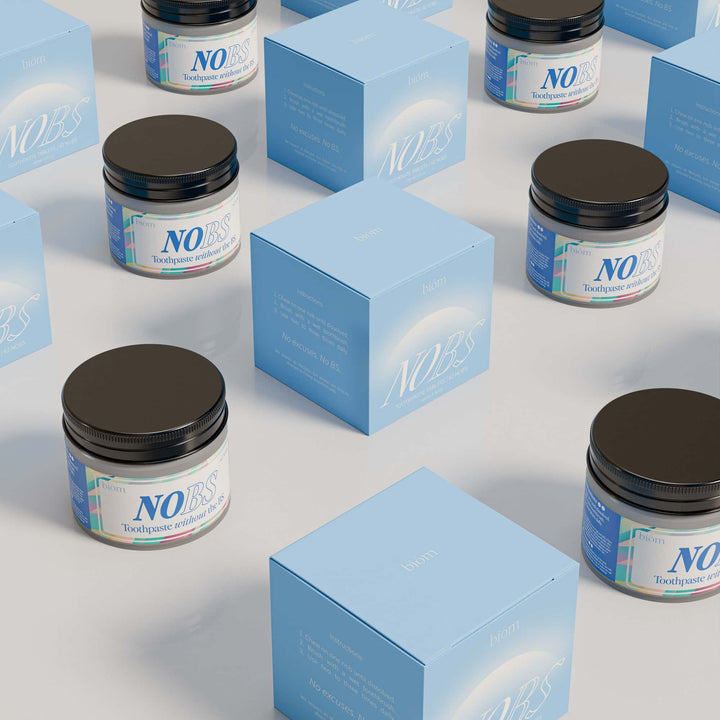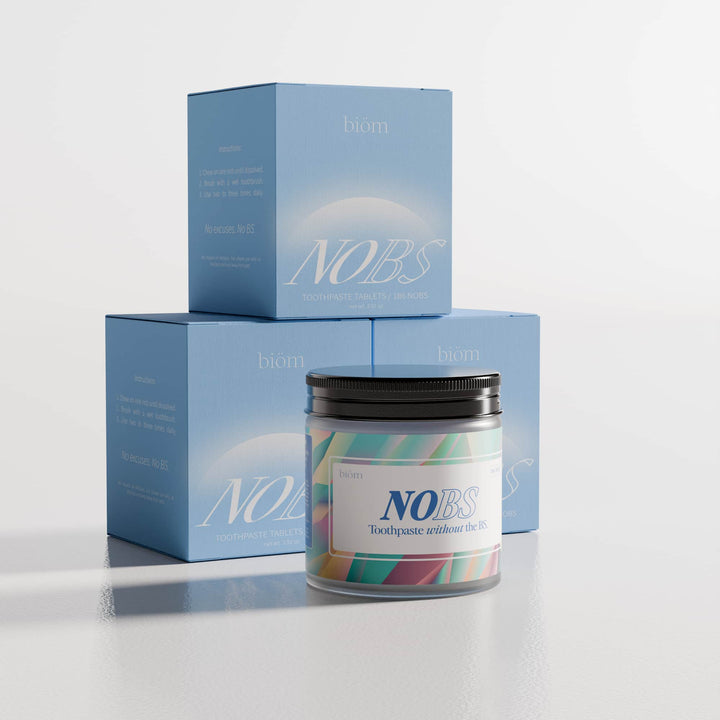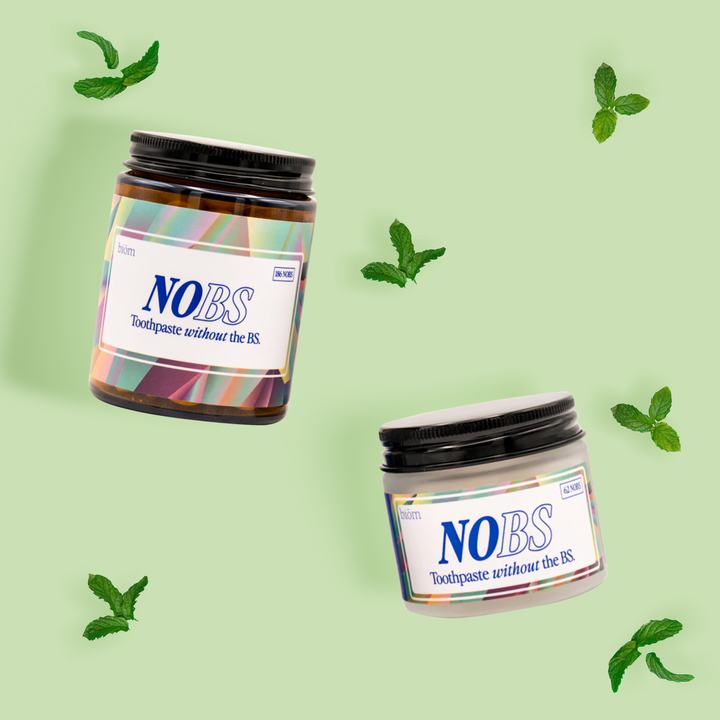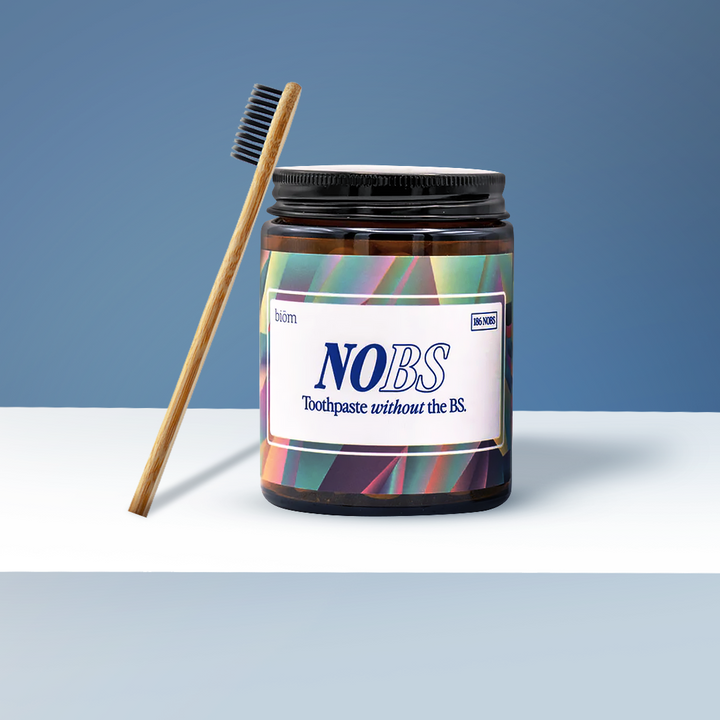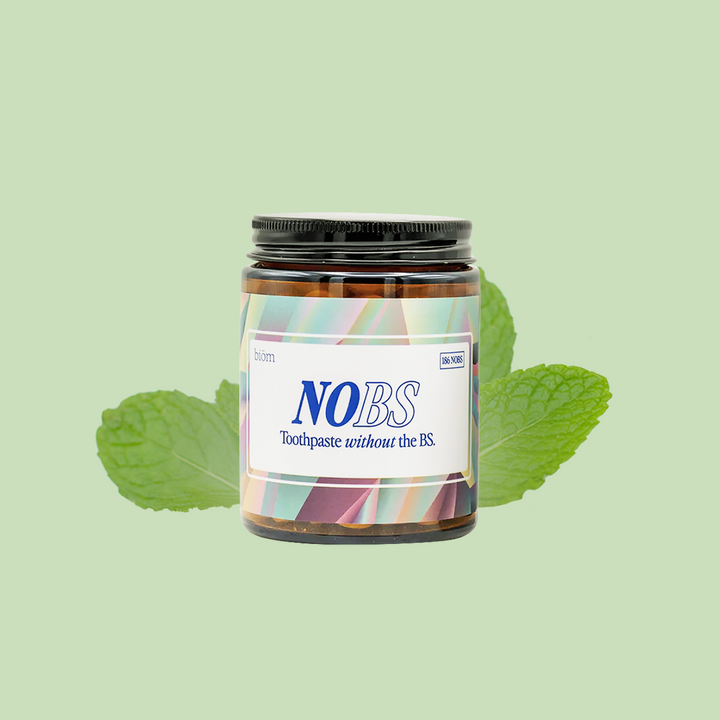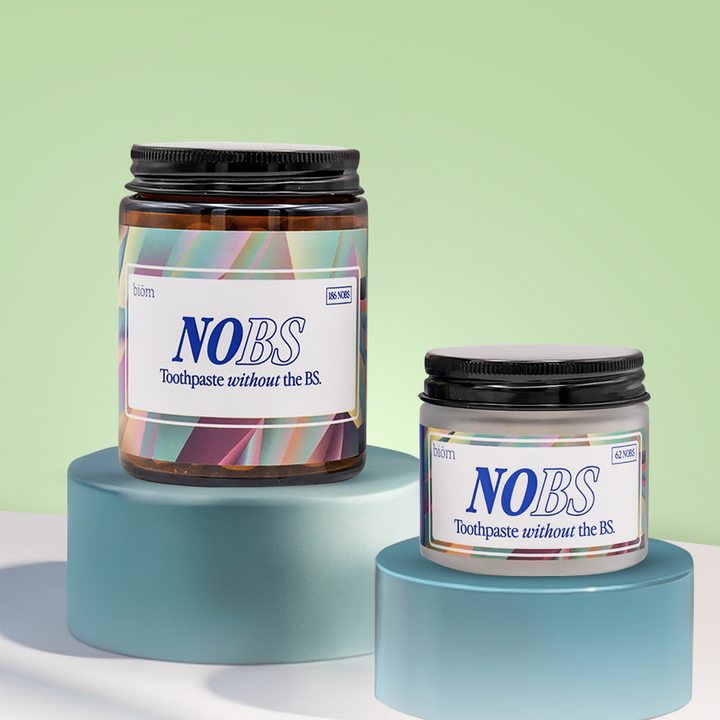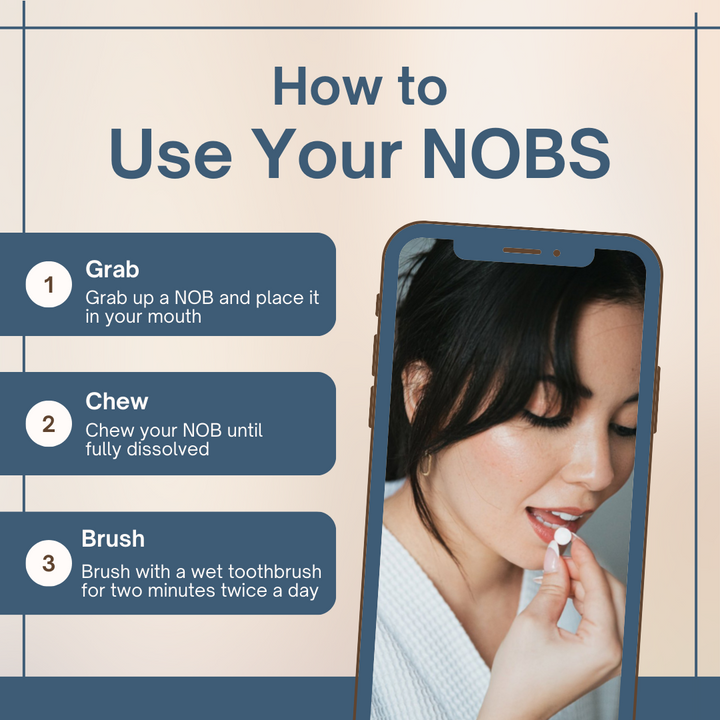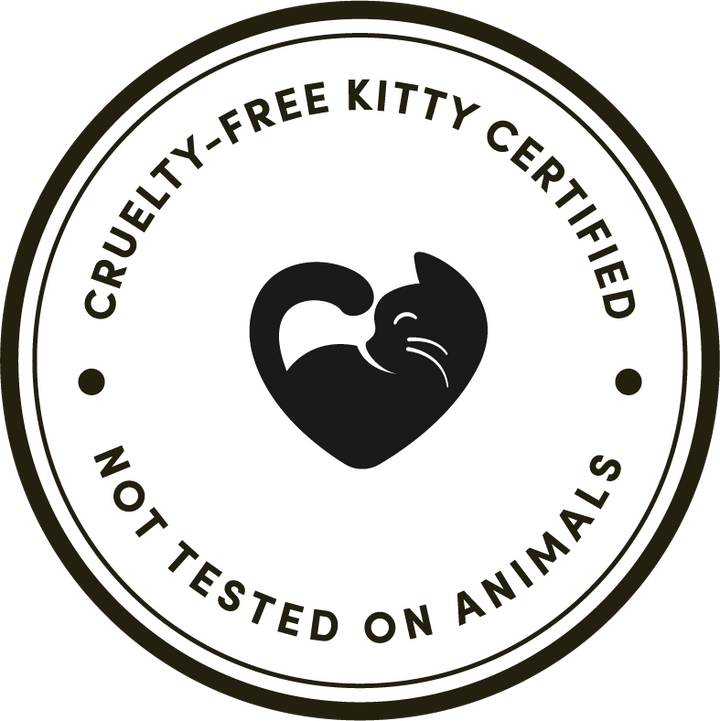Do You Really Need 10% Nano Hydroxyapatite in Toothpaste?
While some brands suggest that 10% nano hydroxyapatite is essential for remineralization, this assertion is verifiably false.
This sentiment comes from a misunderstanding of this study in which bovine teeth were soaked in a solution consisting of 0.1% nano hydroxyapatite dissolved in Powerade.
Perhaps obviously, a study conducted by soaking teeth in a sports drink does not correlate with the best concentration of nano hydroxyapatite for remineralization in your toothpaste.

Further, a more recent study conducted by immersing teeth in solutions of varying concentrations of nano hydroxyapatite found that the 5% solution was just as effective at enhancing remineralization and improving tooth hardness as the 10% solution.
Another study even found that 5% nano hydroxyapatite is more effective at remineralization than 10%, likely due to aggregation issues seen at higher concentrations.
As the demand for fluoride-free toothpaste rises, more brands are turning to nano hydroxyapatite toothpaste as a healthier, non-toxic alternative. Still, the question remains: At what concentration is nano hydroxyapatite most effective?
In this article, I’ll explain everything you need to know about nano hydroxyapatite and its efficacy.
What is nano hydroxyapatite?

Nano hydroxyapatite is a derivative of a naturally occurring organic material called calcium phosphate.
Thanks to its function as a biocompatible mineral, nHA has many uses in medicine, including the ability to stimulate bone growth and strengthen enamel.
In fact, one of the most popular uses of nano hydroxyapatite comes from regenerative dentistry in the form of remineralizing toothpaste.
Because it is a natural material, nano hydroxyapatite is safe and effective for people of all ages.
How does nano hydroxyapatite work?

Because it is made from the same materials your teeth are composed of, nano hydroxyapatite toothpaste is shown to prevent tooth decay by filling in your enamel with calcium and phosphate to restore and strengthen your teeth.
The process is simple: a standard diet with acid and sugar will slowly eat away at your enamel. Without intervention, your enamel erodes and cavities form.
Dental professionals use nano hydroxyapatite toothpaste to prevent this erosion, strengthen your teeth, and to improve your oral health overall.
What’s the most effective concentration of nano hydroxyapatite?

The most effective concentration of nano hydroxyapatite is 5%.
For example, one double-blind study found that 5% nano hydroxyapatite toothpaste showed significant anti-caries remineralization effects on enamel.
Another study showed that 5% and 10% nano hydroxyapatite dentifrices were equally effective at remineralizing teeth.
While some studies show the efficacy of 10% nHA toothpaste, one potential issue is the aggregation property of nano hydroxyapatite at higher concentrations which may reduce bioavailability.
Because of this aggregation property, a recent study found that 5% nano hydroxyapatite is more effective at remineralization than 10%.
Further, because nano hydroxyapatite is such an expensive material, it is likely that brands formulating it at a 10% concentration are using the cheapest version: needle-shaped nano hydroxyapatite.
As of 2024, needle-shaped nHA is banned in the European Union due to safety concerns.
In contrast, biöm uses safe 5% rod-shaped nano hydroxyapatite in our toothpaste tablets, and all of our toothpaste is manufactured in FDA-compliant facilities.
Do you really need 10% nHA?

No, you do not need 10% nano hydroxyapatite in your toothpaste for remineralization benefits.
In fact, the widespread false belief that 10% nano hydroxyapatite toothpaste is the most effective for remineralization came from a misinterpretation of this study in which a 0.1% solution of nano hydroxyapatite in Powerade showed some protective benefits.
Not only did this study not include the use of a 10% nano hydroxyapatite toothpaste, it had nothing to do with 10% nano hydroxyapatite or even toothpaste in general.
As mentioned earlier, many studies show that nano hydroxyapatite is effective at a 5% concentration, and in fact, some studies suggest that 10% nano hydroxyapatite is not as effective as 5% due to aggregation issues.
Can I use hydroxyapatite toothpaste everyday?
Yes, you can use hydroxyapatite toothpaste every day.
Studies indicate that hydroxyapatite is a safe and effective mineral that can help remineralize tooth enamel, strengthening teeth and preventing decay.
In contrast to fluoride, hydroxyapatite works by directly rebuilding and restoring enamel, making it suitable for daily use without concerns about overexposure. It is gentle on the teeth and gums, making it ideal for those with sensitive teeth.
Using hydroxyapatite toothpaste regularly may also help reduce tooth sensitivity over time. This type of toothpaste is a great alternative for people who prefer fluoride-free options.
The Bottom Line: 5% vs. 10% Nano Hydroxyapatite

While some who struggle with scientific literacy suggest that 10% nano hydroxyapatite is essential for remineralization, studies consistently show that the most effective concentration of nano hydroxyapatite is 5%.
At a 5% concentration, nano hydroxyapatite has benefits like soothing hypersensitivity, increasing tooth hardness, and strengthening enamel. Plus, 5% nano hydroxyapatite does not suffer from the same aggregation issues seen at 10% that may decrease bioavailability.
In conclusion, brushing with 5% nano hydroxyapatite toothpaste is a phenomenal way to improve your oral health. Make sure to include it in your routine by brushing for two minutes twice per day alongside regular usage of expandable floss and tongue scraping.
Frequently Asked Questions
What is the best form of hydroxyapatite?
The best form of hydroxyapatite is rod-shaped nano hydroxyapatite. Studies show that at 5% concentration, this nano hydroxyapatite can remineralize enamel, strengthen teeth, and soothe hypersensitivity.
What percentage of nano hydroxyapatite is in toothpaste?
NOBS Toothpaste Tablets contain 5% nano hydroxyapatite. At this concentration, nano hydroxyapatite can remineralize enamel, strengthen teeth, and soothe hypersensitivity.
Do dentists recommend hydroxyapatite?
Yes, dentists recommend hydroxyapatite. In fact, NOBS Toothpaste Tablets with 5% nano hydroxyapatite were created by a dentist to provide a better alternative for those interested in fluoride-free toothpaste.
Which nano hydroxyapatite toothpaste is best?
NOBS Toothpaste Tablets by biöm is the best nano hydroxyapatite toothpaste. Formulated by a dentist, NOBS were created to provide a non-toxic, zero waste alternative to traditional tube toothpaste for those who prefer to avoid fluoride.
Does nano hydroxyapatite toothpaste really work?
Yes, nano hydroxyapatite toothpaste really does work to soothe hypersensitivity, strengthen teeth, and prevent tooth decay. In fact, studies show that nano hydroxyapatite toothpaste is just as effective as fluoride for protecting teeth.
What percentage of nano hydroxyapatite is effective?
A 5% concentration of rod-shaped nano-hydroxyapatite is considered effective for dental care. This amount helps remineralize tooth enamel and reduce sensitivity by mimicking the natural structure of teeth. It's a popular alternative to fluoride for strengthening and protecting enamel.
How much hydroxyapatite should toothpaste have?
Toothpaste should typically contain 5-10% hydroxyapatite for effective enamel remineralization and protection. Studies suggest that concentrations in this range help repair microscopic damage to teeth, reduce sensitivity, and offer cavity protection similar to fluoride. This level provides an optimal balance for strengthening enamel without being abrasive.
Is 20% hydroxyapatite safe?
No, you do not need 20% hydroxyapatite in your toothpaste. Studies have shown that lower concentrations, such as 5% nano-hydroxyapatite, can be equally or even more effective for enamel remineralization and cavity prevention. Always choose products with proven efficacy and consult your dentist for the best option.


